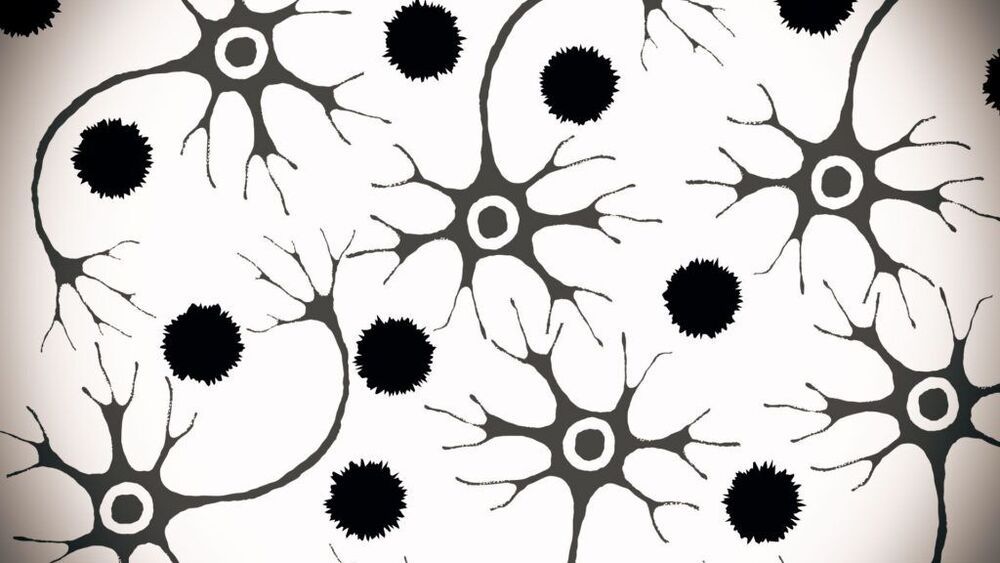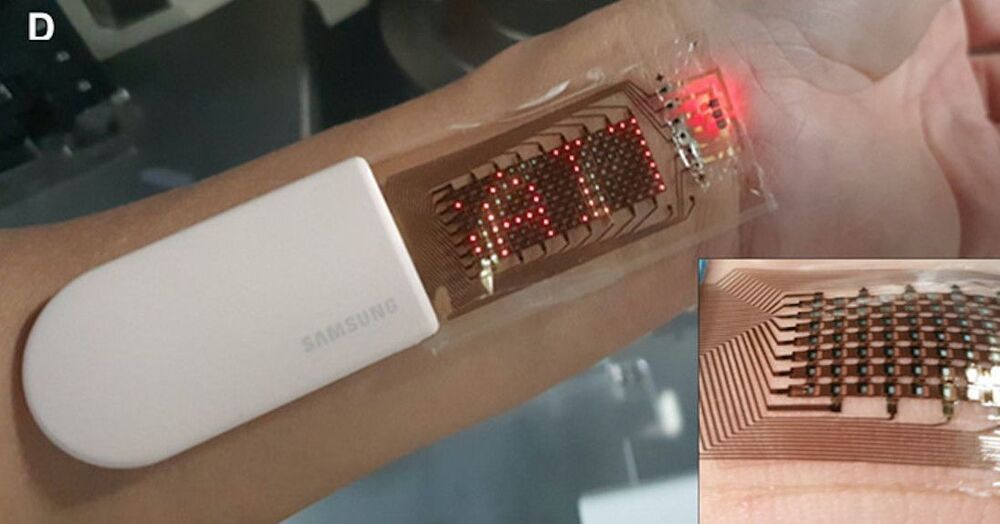The study found that children following vegan diets were on average 3 cm (1.2 inches) shorter, had 4–6% lower bone mineral content and were more than three times more likely to be deficient in vitamin B-12 than the omnivores.
Children on vegan diets have a healthier cardiovascular profile and less body fat than their omnivore peers, but the diets may affect growth, bone mineral content and micronutrient status, according to researchers from UCL Great Ormond Street Institute of Child Health and the Children’s Memorial Health Institute in Warsaw, Poland.
The peer-reviewed study, published in the American Journal of Clinical Nutrition, also found that children following vegetarian diets had a lower risk of nutritional deficiencies compared to the omnivores, but a less healthy cardiovascular profile.
For the study, 187 healthy 5 to 10-year-olds in Poland were recruited in 2014–2016. Of those, 63 children were vegetarians, 52 vegans and 72 omnivores. The team then collected data on growth, body composition, cardiovascular risk, and micronutrient status in vegetarian or vegan children and compared them to the group of children who consumed meat in their diet.







